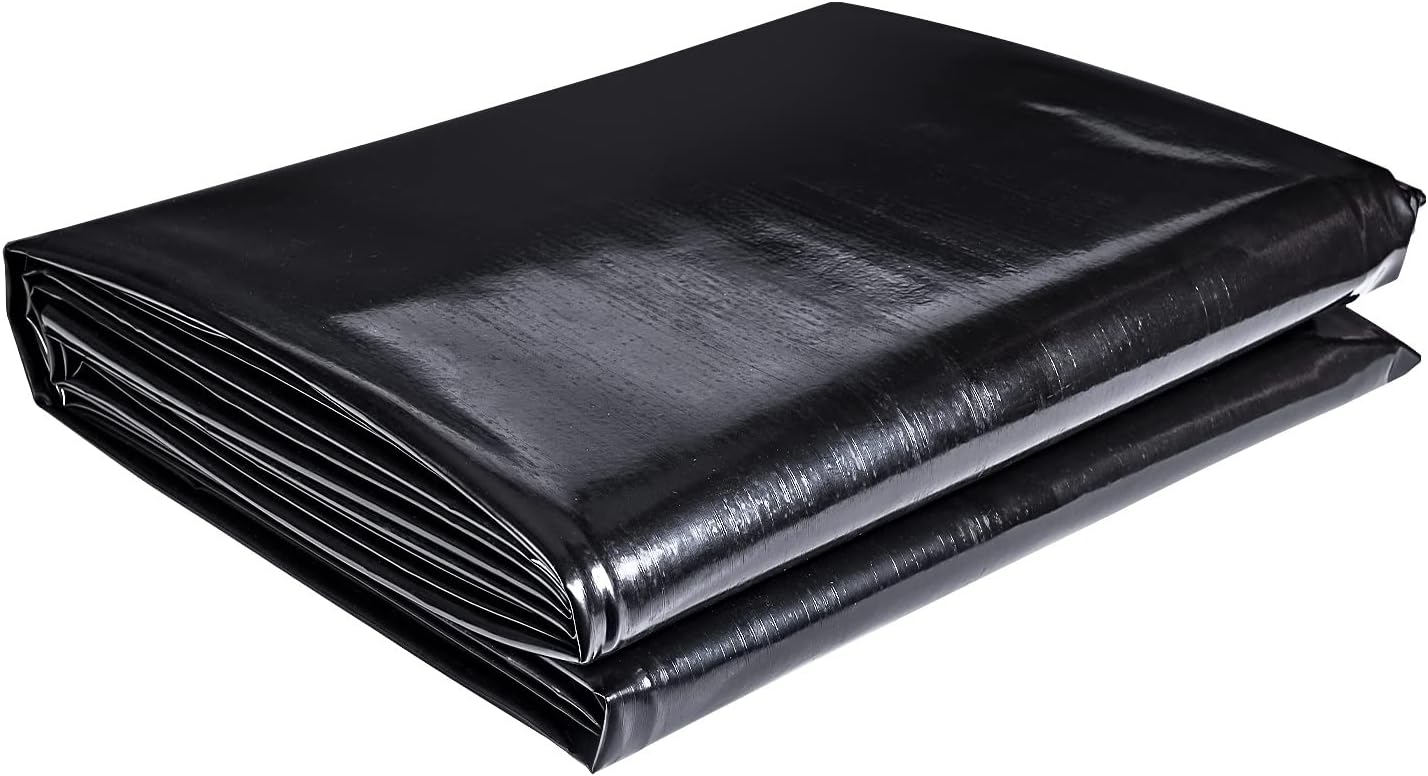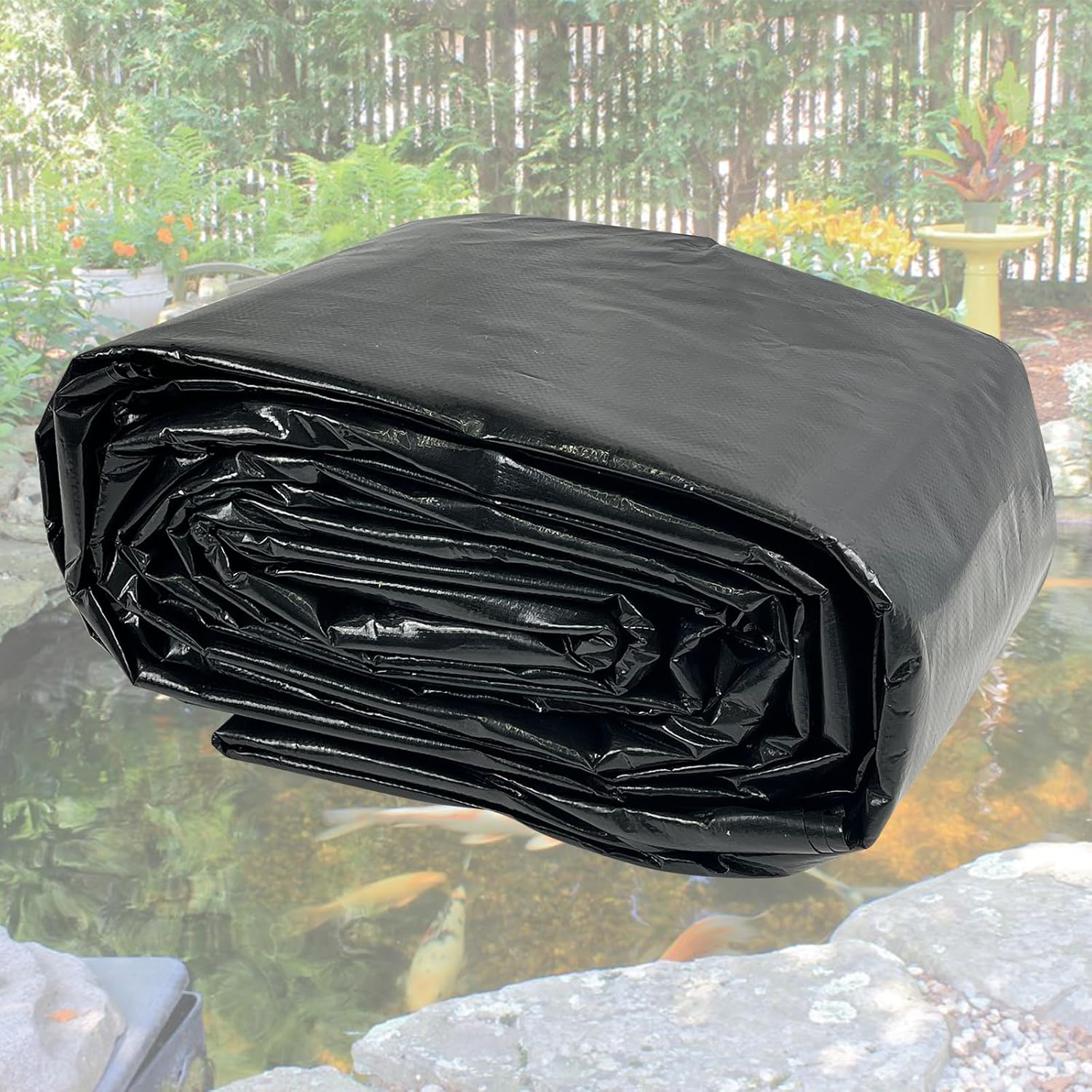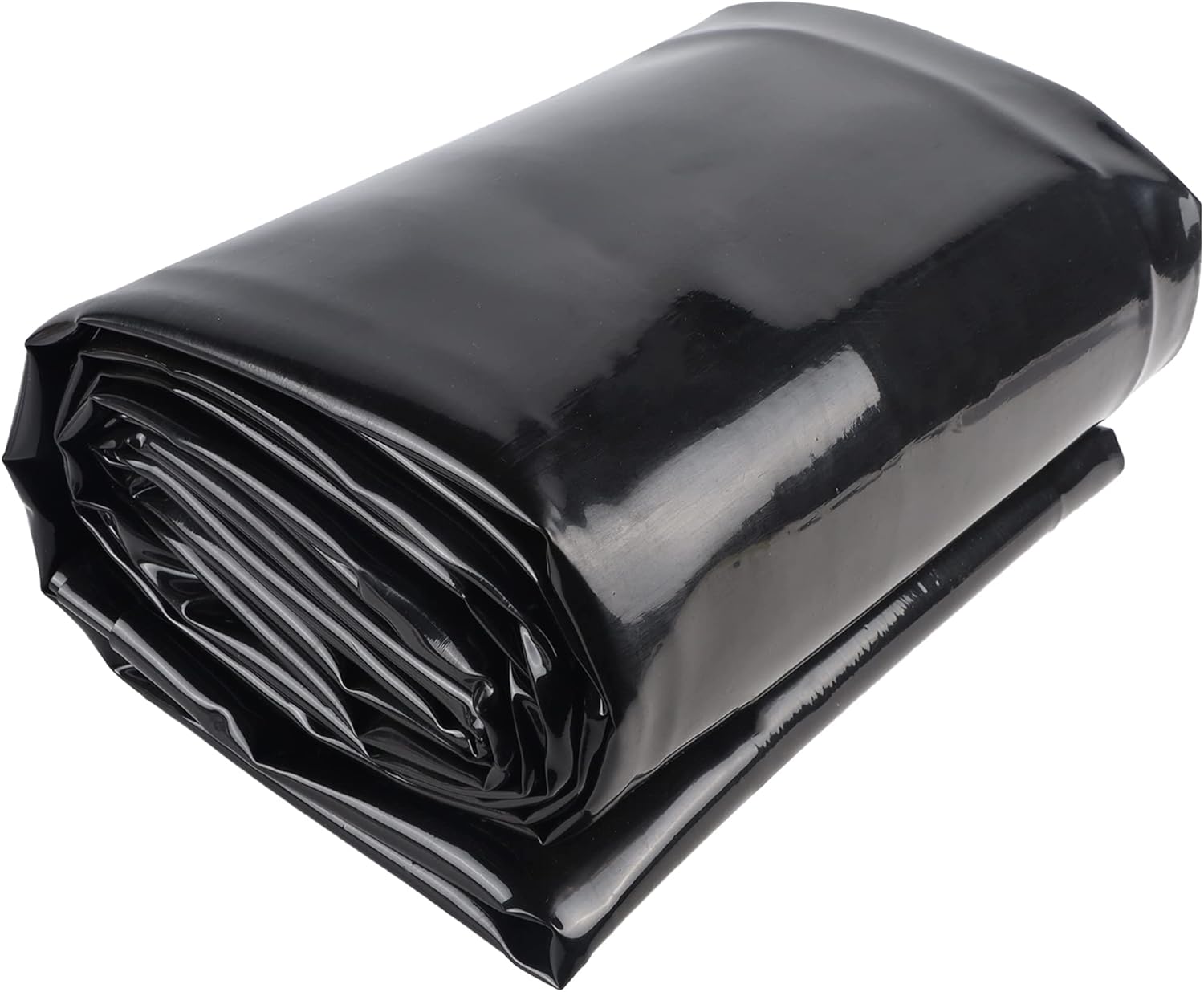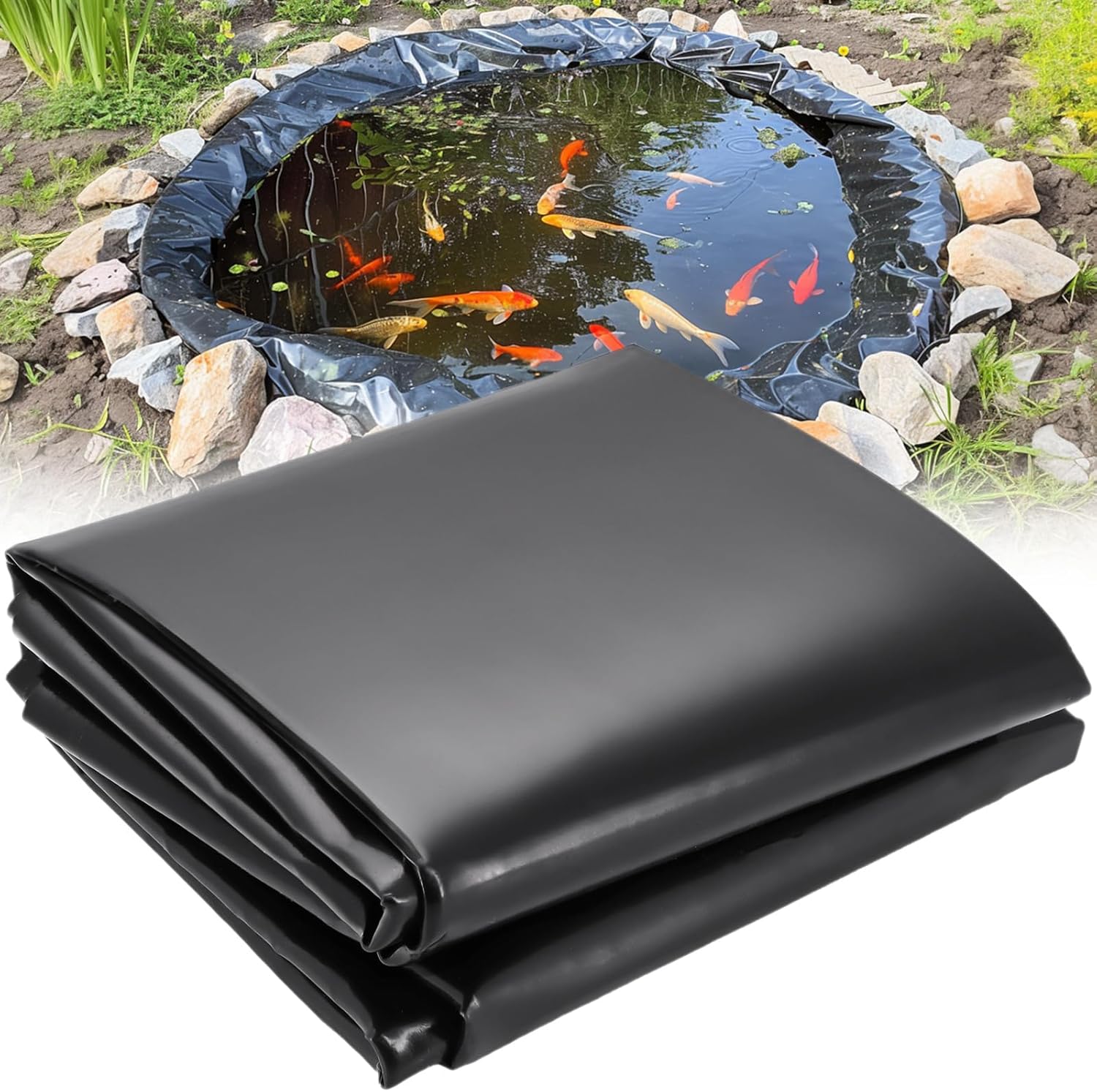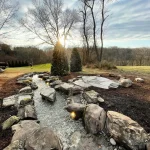Adding a pond to your yard can enhance the beauty and tranquility of your outdoor space. Whether you want to create a habitat for aquatic plants and fish or simply add a focal point to your garden, building a pond is a rewarding project. In this comprehensive guide, we’ll walk you through the step-by-step process of building a pond in your yard, from planning and design to excavation and maintenance.
5 Best Pond Liners To Built A Pond
Planning and Design
Before you start digging, it’s important to carefully plan and design your pond. Consider the size, shape, and location of the pond, as well as any additional features such as waterfalls or fountains. Take into account the natural slope of your yard and the proximity to trees, as these factors can impact the overall design.
When choosing a location for your pond, ensure that it receives a good balance of sunlight and shade throughout the day. Too much sun can lead to excessive algae growth, while too much shade can hinder the growth of aquatic plants.
Once you have a clear vision of your pond, it’s time to mark the area and start digging. Use a garden hose or spray paint to outline the shape of the pond, and consider using a flexible hose to create curves and natural-looking edges.
Excavation
Excavation is a crucial step in building a pond, and it’s important to take your time and work carefully to achieve the desired shape and depth. Start by removing the topsoil and digging down to the desired depth of the pond. Keep in mind that the depth will vary depending on the purpose of your pond. For a fish pond, a depth of at least 3 feet is recommended to provide adequate space and insulation for fish during winter months.
As you excavate the pond, create shelves or ledges around the edges to accommodate different types of aquatic plants. These shelves can also provide a safe area for wildlife to enter and exit the pond.
Once the excavation is complete, remove any sharp objects or debris from the bottom of the pond and use a level to ensure that the edges and bottom are even. This will help prevent water from pooling in certain areas and ensure a more natural appearance.
Installing the Liner
After the excavation is finished, it’s time to install the pond liner. Choose a high-quality, durable liner that is specifically designed for ponds. The liner should be large enough to cover the entire excavation area with some excess to allow for settling and adjustments.
Begin by carefully laying the liner in the pond, making sure to smooth out any wrinkles or folds. Use rocks or bricks around the edges to hold the liner in place temporarily. As you fill the pond with water, the weight of the water will help to further secure the liner in place.
Once the liner is in position, trim off any excess material, leaving a border of a few inches around the edge of the pond. This border will help to anchor the liner and prevent it from shifting or slipping over time.
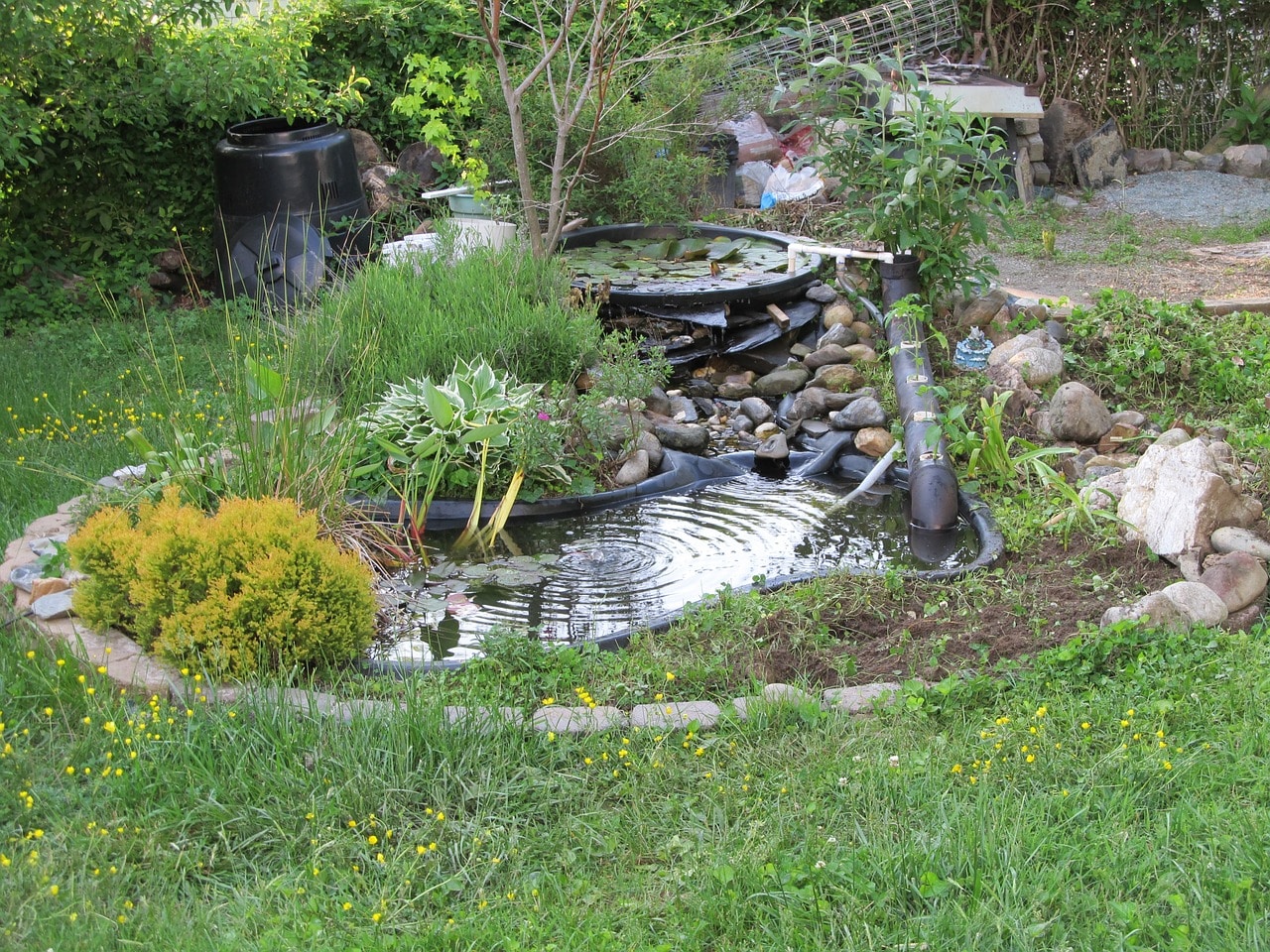
Credit: www.childhoodbynature.com
Adding Water and Landscaping
With the liner in place, it’s time to start filling the pond with water. Use a garden hose to slowly fill the pond, allowing the water to settle and the liner to conform to the shape of the excavation. As the water level rises, continue to smooth out any wrinkles or folds in the liner to ensure a neat and uniform appearance.
Once the pond is filled with water, you can start adding landscaping elements such as rocks, gravel, and aquatic plants. Use a variety of plant species to create a natural and diverse ecosystem within the pond. Consider incorporating floating plants, submerged plants, and marginal plants to provide habitat for wildlife and improve water quality.
Maintenance and Care
After completing the construction of your pond, it’s important to establish a regular maintenance routine to keep the water clean and healthy. Here are some essential maintenance tasks to consider:
- Regularly remove debris such as leaves and twigs from the surface of the water.
- Monitor the water quality and test for pH, ammonia, and nitrate levels to ensure a healthy environment for fish and plants.
- Trim and prune aquatic plants as needed to prevent overgrowth and maintain a balanced ecosystem.
- Control algae growth by adding beneficial bacteria or using algaecides as necessary.
- Inspect the pond for leaks or damage to the liner, and make repairs as needed to prevent water loss.
By following these maintenance tips, you can enjoy a beautiful and thriving pond in your yard for years to come.
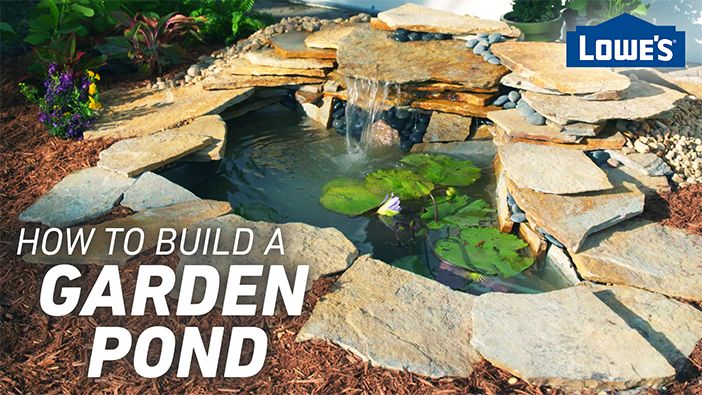
Credit: www.lowes.com
Conclusion
Building a pond in your yard is a fulfilling and creative endeavor that can transform your outdoor space into a peaceful and vibrant oasis. With careful planning, attention to detail, and regular maintenance, you can enjoy the beauty and serenity of a pond right in your own backyard. Whether you choose to keep fish, attract wildlife, or simply enjoy the sight and sound of water, a well-designed pond can be a valuable addition to any landscape.
So, roll up your sleeves, grab your shovel, and start building your own backyard pond today!




